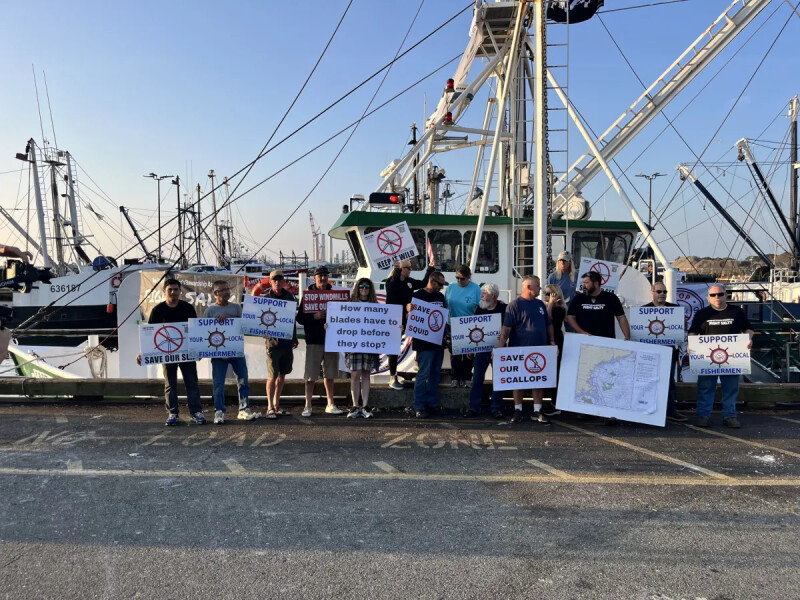As concerns mount over the July collapse of one Vineyard Wind turbine blade, a “flotilla” of about two dozen commercial and recreational fishing vessels steamed to the wind farm on Sunday to protest offshore wind development and its impact on the marine ecosystem.
The vessels, hoisting anti-offshore wind flags and blasting air horns, departed early Sunday morning from ports in New Bedford, Nantucket, Martha’s Vineyard, Rhode Island and along the Cape, converging at about noon on the site of…

You've caught the limit!
Free membership gives you access to:
- Unrestricted access to all NationalFisherman.com articles.
- Receive in-depth reports and research on various topics related to the fishing industry.
- Up-to-date news updates from the fishing industry delivered directly to your inbox twice a week.







